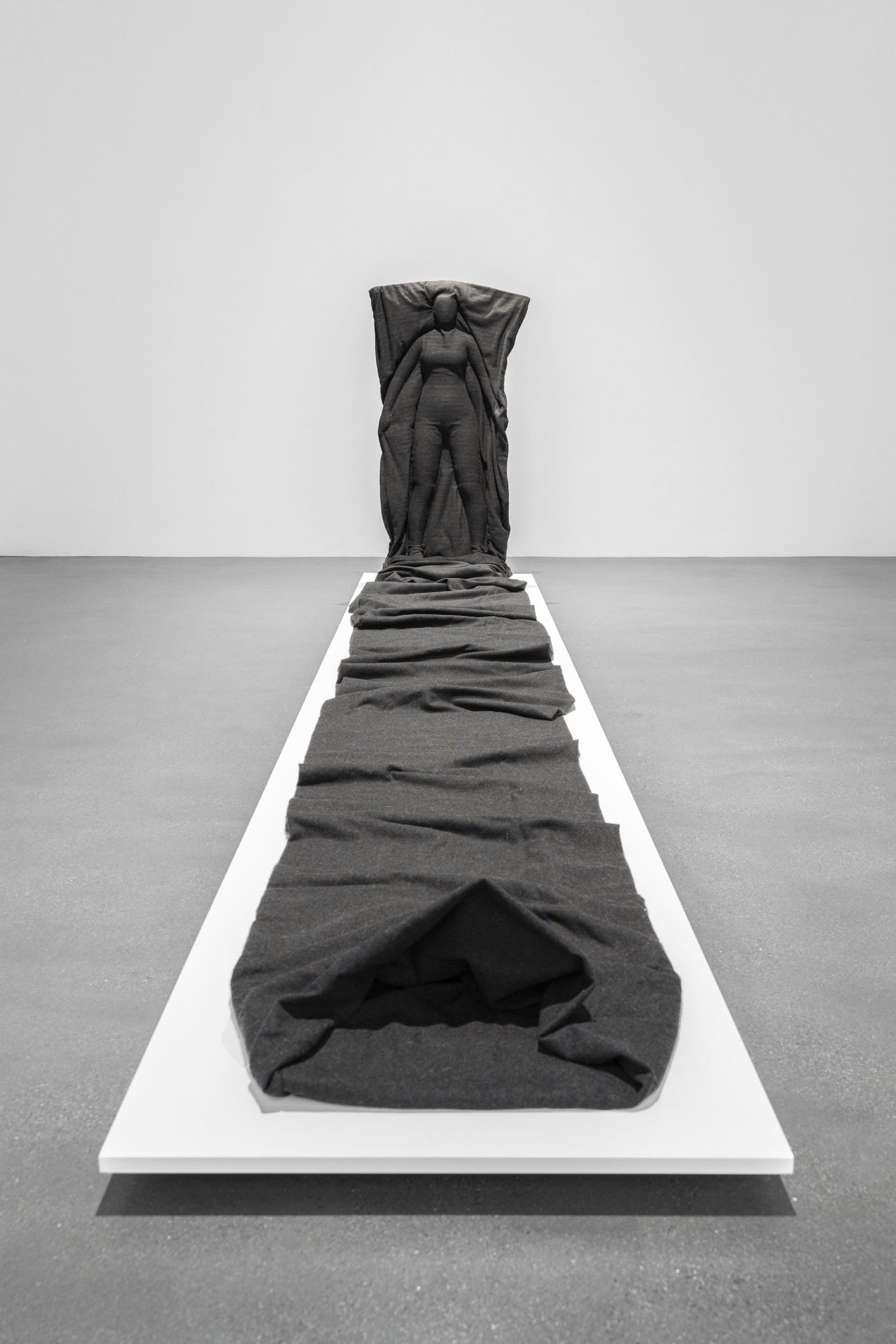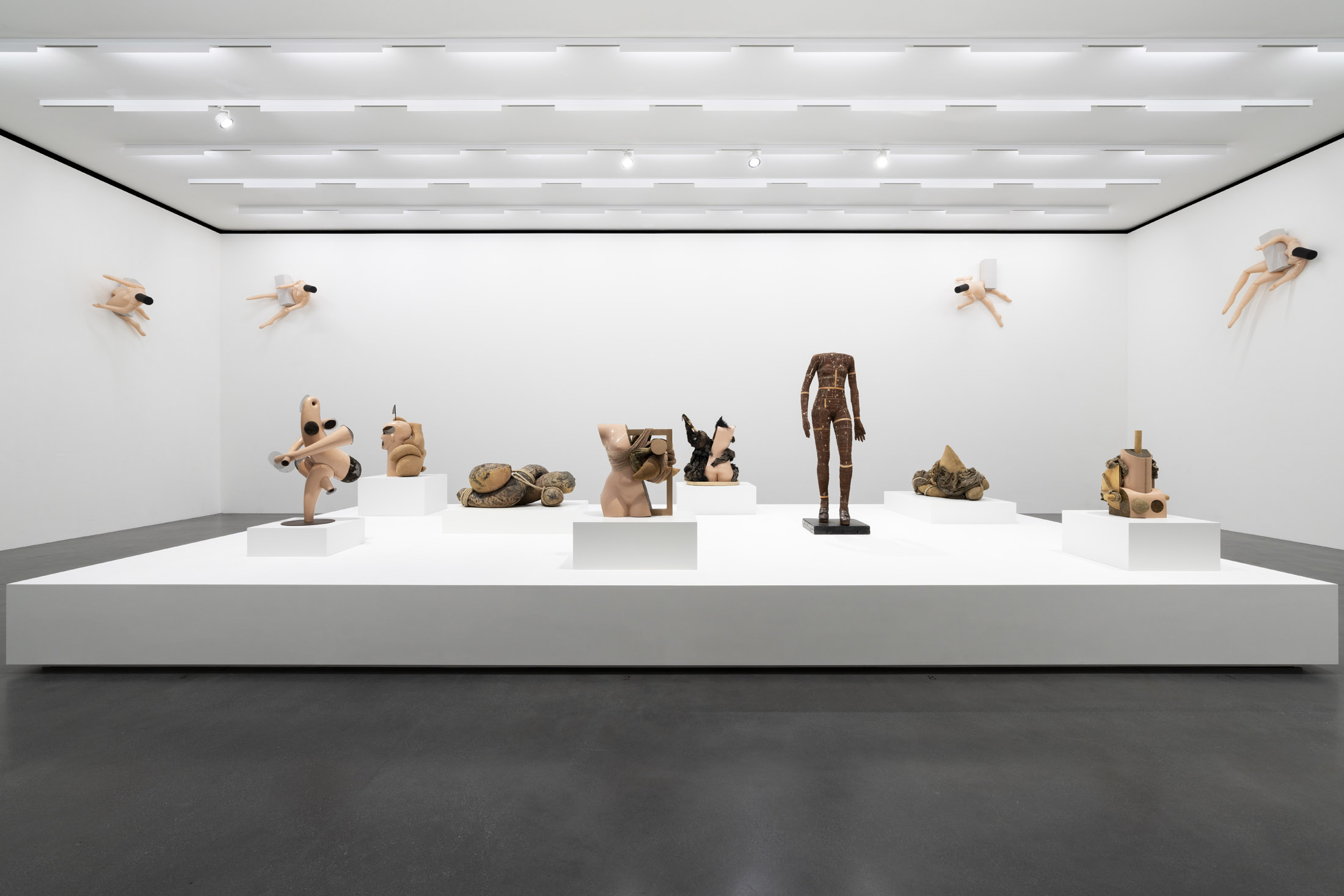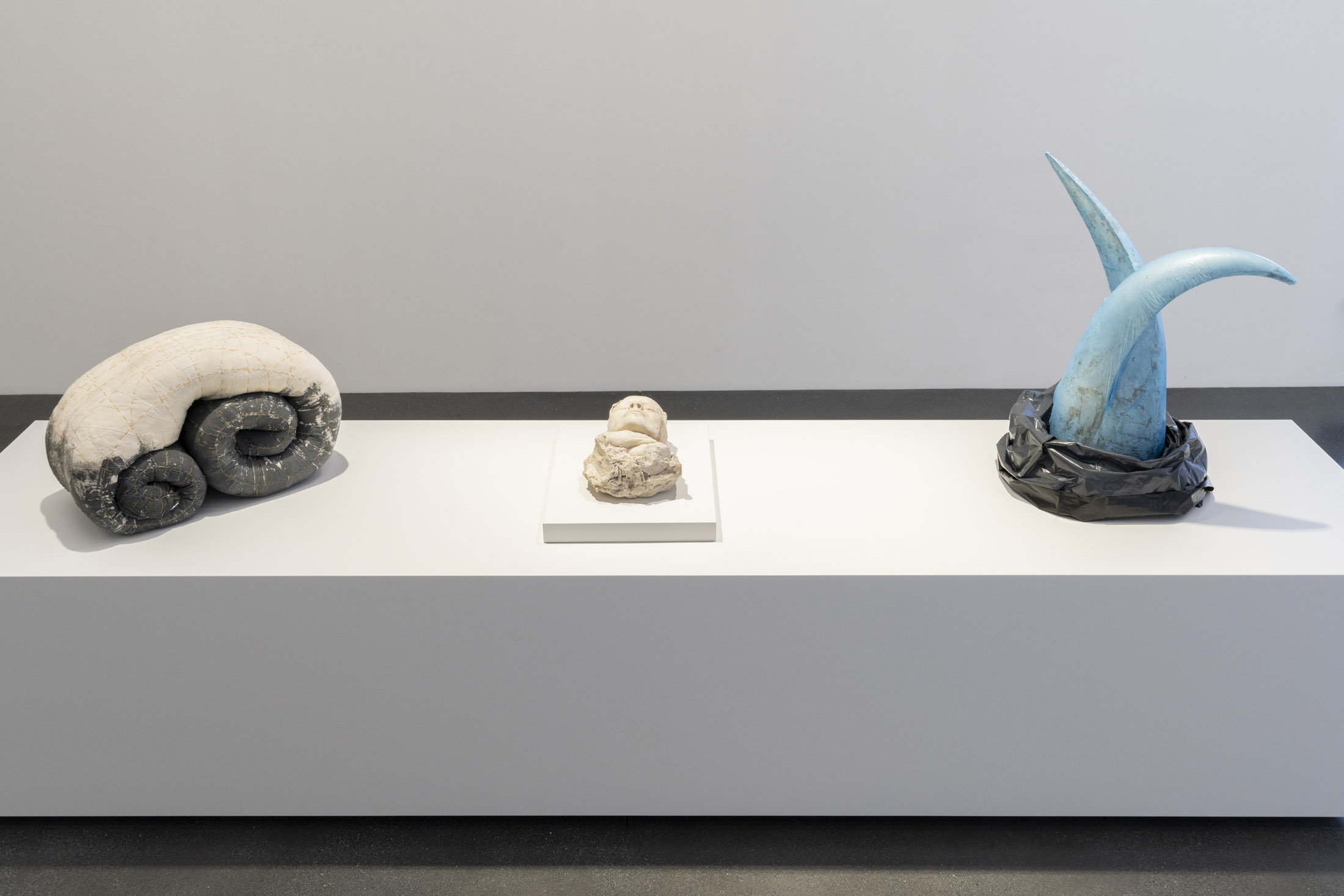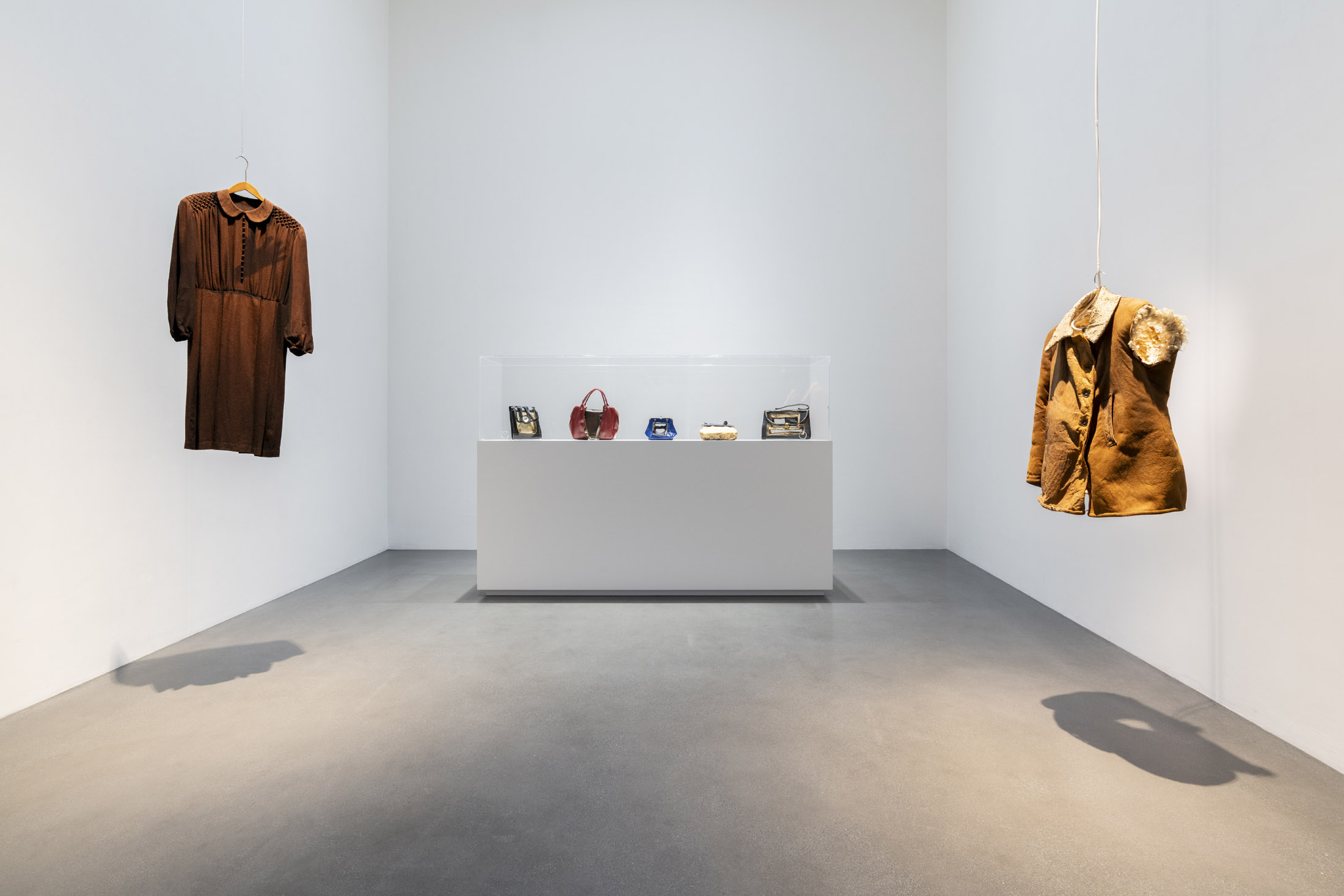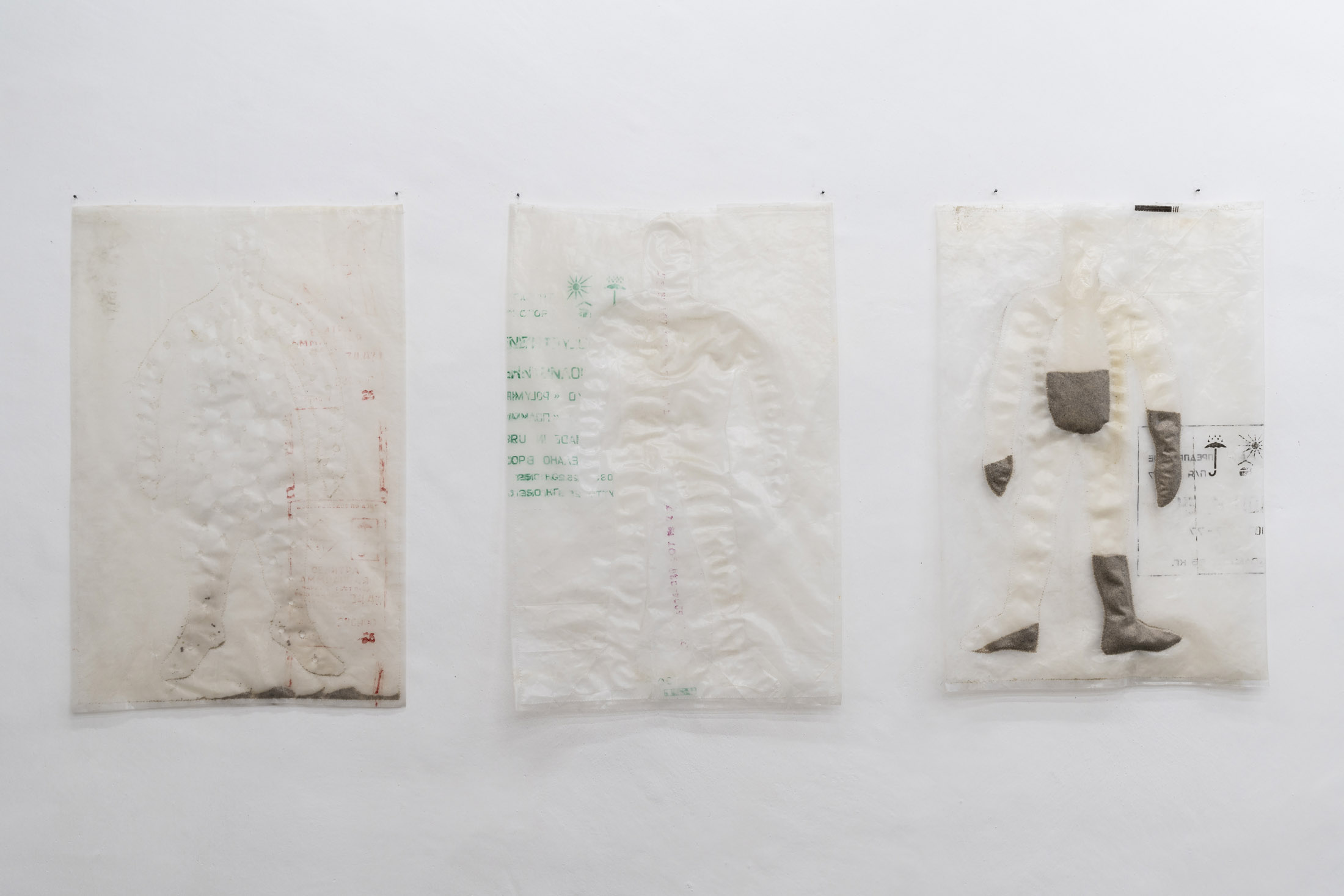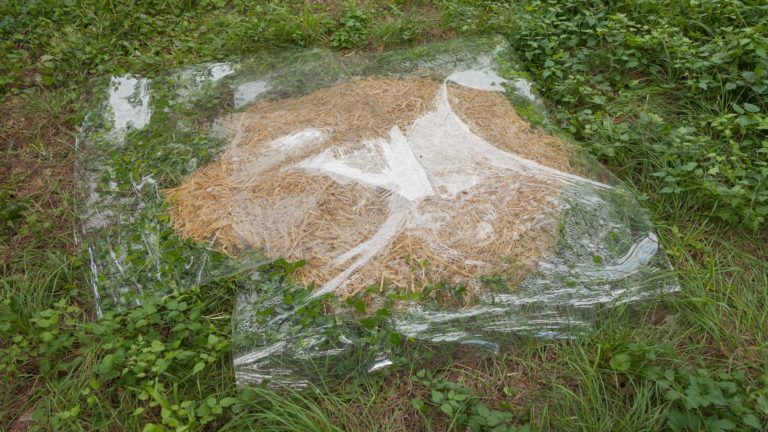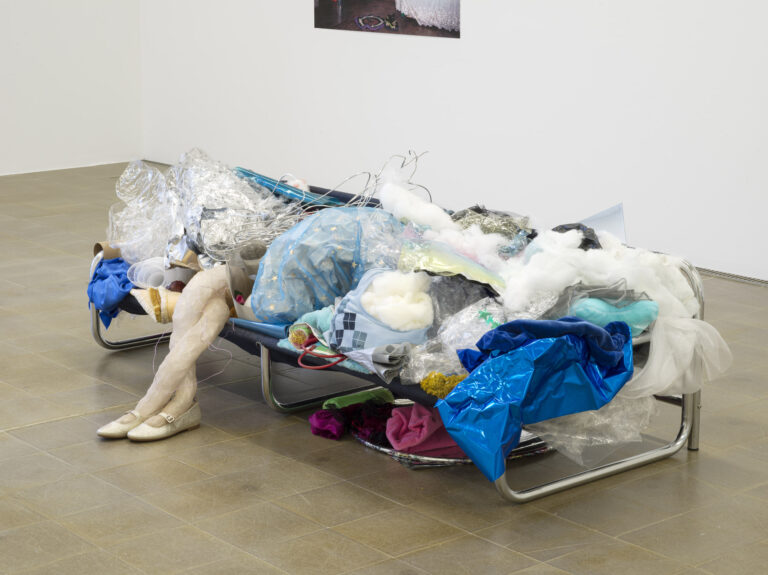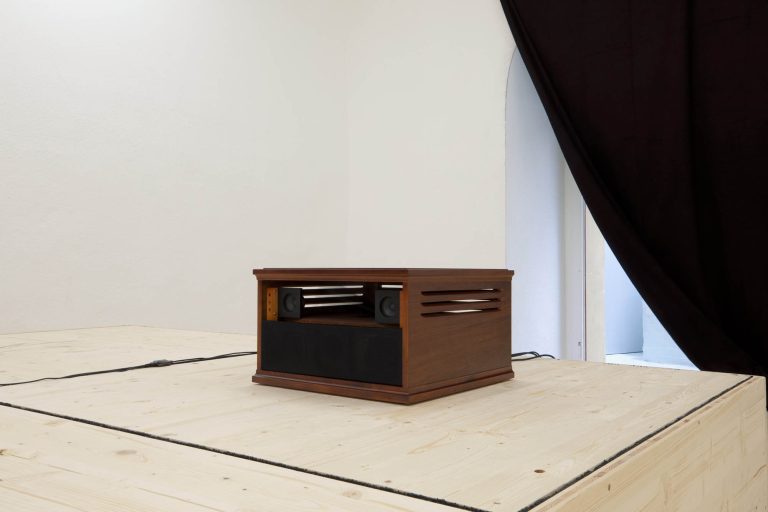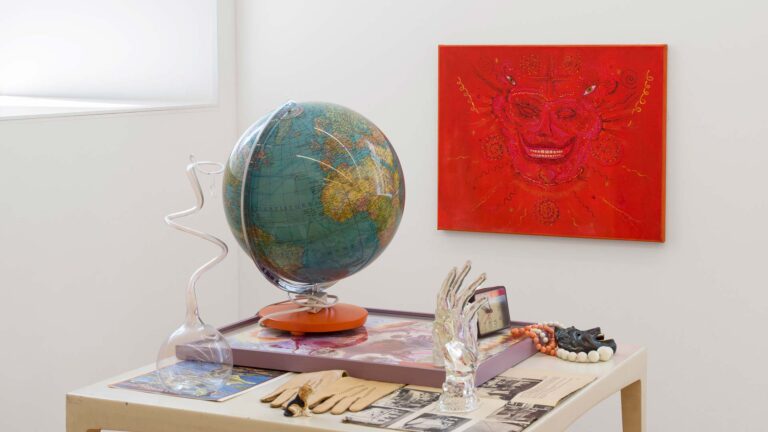Artist: Anu Põder
Exhibition title: Anu Põder: Space for My Body
Curated by: Cecilia Alemani
Venue: Muzeum Susch, Susch, Switzerland
Date: January 3 – June 30, 2024
Photography: all images courtesy of the artist and ©Muzeum Susch / Photos: ©Federico Sette
Note: List of works is available here
Running from 3 January to 30 June 2024, Muzeum Susch presents Anu Põder: Space for My Body, an exhibition curated by Cecilia Alemani. This will be the first large-scale institutional retrospective monography dedicated to the multidisciplinary Estonian artist Anu Põder (1947-2013), outside her native country.
The exhibition takes its title from one of Põder’s sculptures, Space for My Body (1995) and brings together more than forty works, dating from 1978 to 2012, that have rarely left Estonia, where they are mainly collected at the Art Museum of Estonia (Tallinn, Estonia) and Tartu Art Museum (Tartu, Estonia) and as well as the artist’s Estate. The exhibition’s ambition reflects Muzeum Susch’s founding mission to promote the work of international Avant-garde women artists who have been overlooked or misread and therefore not been positioned on equal footing with their male counterparts across art institutions all over the world.
Anu Põder’s practice explores the human body, highlighting the fragility, impermanence, and ephemerality of life in a series of highly evocative sculptures. Throughout her career, she employed unconventional materials such as textile, wax, plaster, soap, plastic, and wood to compose delicate assemblages. Unlike her peers, who were working with traditional materials such as bronze and granite to portray the Soviet society’s ideals, Põder built out her own intimate, highly vulnerable visual vocabulary made of everyday, non-precious elements. Põder was likewise not interested in immortalizing political leaders or Soviet ideals; rather, her gaze turned inward, depicting the body from within. Working at the cusp of two major eras–the Soviet occupation of Estonia, which began in 1940, and the new independence gained in 1991–Põder embraced the uncertainty of identity of the Estonian people, working as one of the very few women artists in a decidedly male context and focusing on female subjectivity alongside other international artists such as Magdalena Abakanowicz, Louise Bourgeois, Ana Mendieta, and Alina Szapocznikow.
Installed in a loosely chronological order, the exhibition focuses on three major aspects of the artist’s oeuvre. The first part, investigating the body, will feature dolls, mannequins, and figures that compose the main characters of Põder’s imagery. A large group of works spanning from the late 1970s to the early 1990s will be exhibited. Pushing against traditional modes of figuration, Põder composes powerful assemblages of amputated, decaying bodies, realized with highly unusual materials such as plastic, burlap, wool, and epoxy. Works, such as Before Performance (1981), Very Old Memories (1985), and Composition with Plastic and Synthetic Wool (1986) are sensual, erotic, and at the same time violent; they depict fragmented, amputated female torsos intersected with amorphous appendixes. In this series of sculptures, the body becomes a site of experimentation: limbs are twisted, postures are never straight, bodies are embracing and interlocking, hard materials meet crumbling elements. Põder’s sculptures inhabit this fluid threshold between affirmation of one’s corporeality and discomfort.
The second part of the exhibition will focus on the role of unusual materials and garments as stand-ins for the body. In the 1990s, Põder realized a highly evocative and poetic body of work, which includes coats and garments that have been altered, cut open, and dissected. In works such as Space for My Body (1995), Pattern as Sign. Furcoat (1996), and Cut Handbags (1997), the image of the body is no longer present, but is substituted by its ghost appearance through these vestments, generating a negative space that hints at the figure without ever fully portraying it. The same violence that was evident in the dolls series returns here, this time employed to cut these garments open, crafting suspended shells that suggest otherworldly presences.
The final part of the exhibition will present Põder’s late work and focus on her relationship with senses, nourishment, and desire. Works in this section, like Lickers and Screen (both 2007) employ or evoke food as material, welcoming the ephemeral life of these elements that can deteriorate, change, and disappear, and imbuing the exhibition space with fragrances and aromas.
Põder is one of Baltic’s most revelatory voices of the last five decades. Her work has stood out since the 1970s as uniquely crafted, originally conceived, and deeply personal. Yet, because it was somehow out of sync with the then established art landscape in Estonia, it has been overlooked for many years.
The exhibition is curated by Cecilia Alemani who is currently the Donald R. Mullen, Jr. Director & Chief Curator of High Line Art, the public art program presented by the High Line in New York. In 2022, Alemani included Anu Põder’s work in The Milk of Dreams, the 59th International Art Exhibition at the Venice Biennale.
About Anu Poder
Anu Põder (1947–2013) was an Estonian sculptor and installation artist. She studied at Tartu Art School and the Estonian State Art Institute’s sculpture department. Throughout her career, Põder experimented with abstract forms and various materials, inspired by her surroundings. Her art was time and site-specific, exhibiting a performative effect as the artworks disintegrated over time. Põder’s work can be divided into two chapters: one exploring motherhood and life at the end of the Soviet period, the other commenting on social processes in newly independent Estonia. She avoided the prevailing bronze age principles, opting for formal experimentation from Surrealism to depictions of pop culture and daily life. During her studies, Põder depicted people as dolls using wire structures, plaster, and textiles. In the 1980s, she incorporated plastic and created abstract sculptures. In the 1990s, she completed a series of dolls and started a new one, ‘Pattern as a sign’, cutting up old garments to create artworks. A significant change in Põder’s work came with her soap-cast series in 1998. She continued experimenting with new materials and human silhouettes until her 2007 exhibition, ‘Super’, which explored the individual’s relationship with society. Anu Põder was a versatile Estonian artist, known for her innovative and evolving approach to sculpture and installation art. Her works reflected her personal experiences and the changing world around her, making a lasting impact on the art scene in Estonia and beyond.
About Cecilia Alemani
Cecilia Alemani is an Italian curator based in New York. Since 2011, she has been the Donald R. Mullen, Jr. Director & Chief Curator of High Line Art, the public art program presented by the High Line in New York. In 2022, she curated The Milk of Dreams, the 59th International Art Exhibition at the Venice Biennale. In September 2023, she organized a major retrospective of Tetsuya Ishida at Gagosian, New York. In November 2023, she will curate Making Their Mark, a large-scale exhibition showcasing the works of more than 70 of the most significant women artists from the last eight decades part of the Shah Garg Collection. In 2018, Alemani served as artistic director of the inaugural edition of Art Basel Cities: Buenos Aires. In 2017, she curated the Italian Pavilion at the Venice Biennale.
About Muzeum Susch
Being simultaneously a site of contemplation, research and intervention, MUZEUM SUSCH opened in January 2019 as a space for debate and research. Founded and created by Grażyna Kulczyk, the Polish entrepreneur and long-term supporter of contemporary art, it is specifically (but not exclusively) informed by a deep understanding of woman artists and seeks an emotional connection to art as a matrilineage of the sometimes omitted, overlooked or misread. The museum is housed in an extraordinary campus located on the site of a 12th-century former monastery and brewery in Susch, a remote town on the ancient pilgrim route to Santiago de Compostela in the Engadin valley of the Swiss Alps. The multi-faceted project comprises over 1,500 m2 of gallery spaces which show site-specific and permanent artworks, and a regular program of curated, temporary exhibitions. Due to its unique architecture, the MUZEUM SUSCH has become a “must see” in Switzerland in recent years.
About Grażyna Kulczyk
Grażyna Kulczyk is an entrepreneur and art collector, whose endeavours have made her Poland’s most successful businesswoman. In 2004, after many years of running activities in art and philanthropy sectors, Ms. Kulczyk set up her cultural flagship venture: Art Stations Foundation CH, housed across the carefully restored and extended 8-hectare, former industrial complex, Stary Browar (Old Brewery) in Poznań (Poland), which has received numerous Polish and international awards. In 2015 she started the construction of the Muzeum Susch in Switzerland, which opened its doors in 2019. It has quickly become one of the most important museum institutions in Switzerland and is largely recognized across Europe for its dedication to international modern and contemporary art. Art Stations Foundation CH also houses a Residency Program and the Instutito Susch dedicated to global feminist Research, Conference and Publication programmes.
Ms. Kulczyk’s areas of interest and art commissions combine a number of themes as development of new technology and start-ups working to change the world. She is particularly engaged in supporting entrepreneurship among women as well as the equal presence of women in STEM. From 2012 to 2018, Kulczyk supported Tate as a member of the International Council and REEAC. She was a member of the board of the Modern Women’s Fund Committee of the Museum of Modern Art, New York and a board member of Museum of Modern Art in Warsaw for almost 10 years. Ms. Kulczyk has been recognized as one of the 200 Top Collectors in the world by Art News magazine.
Art Museum of Estonia acts as the main partner for Muzeum Susch for organising the exhibition of Anu Põder. Art Museum of Estonia has in its collection 24 of Põder’s artworks and takes care of the conservation of artist’s ephemerial sculptures, serving as the reservoir of knowledge in their composition, state and preservation. In 2017 Kumu Art Museum, a branch of Art Museum of Estonia held a retrspective of Anu Põder, Be Fragile! Be Brave!, curated by Rebeka Põldsam, and published an accompanying exhibition catalogue which has served as the base for larger itnernational recognition and success of the artist.
About Anu Põder Estate
The Anu Põder Estate was founded by the artist’s family to represent and preserve the sculptor’s legacy amidst the growing interest in her work in recent years. The Estate’s collection comprises numerous sculptures and installations, approximately half of which have been shown at international exhibitions outside of Estonia. The Estate collaborates with galleries and museums associated with the artist’s heritage for the organization of exhibitions, conducting research, and publishing.

